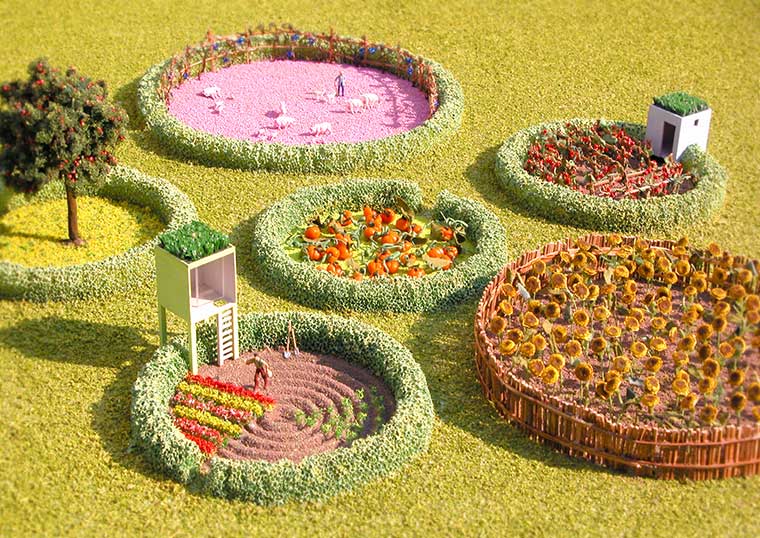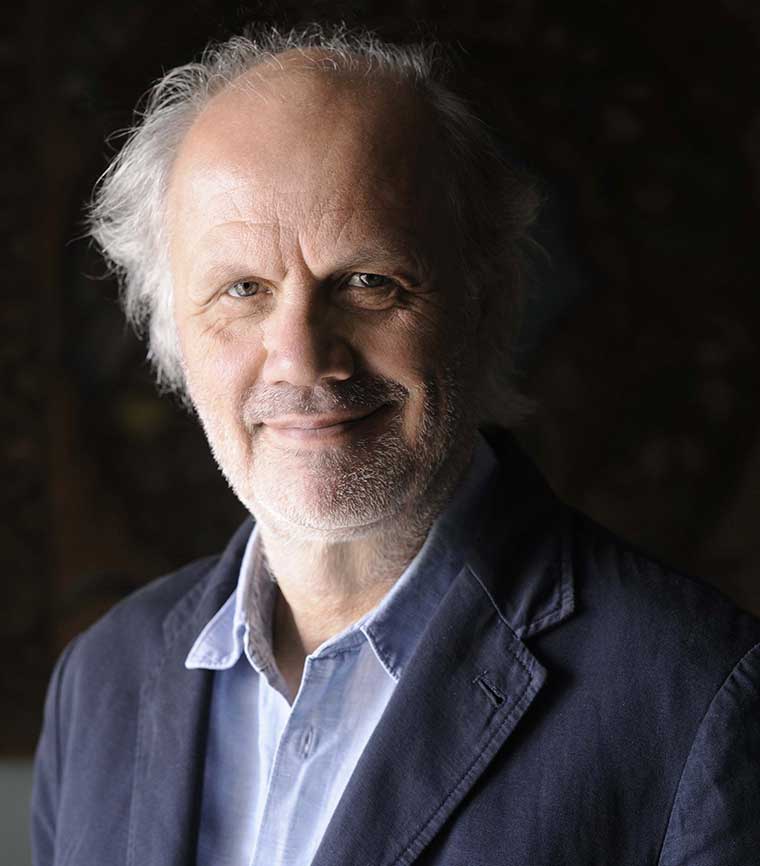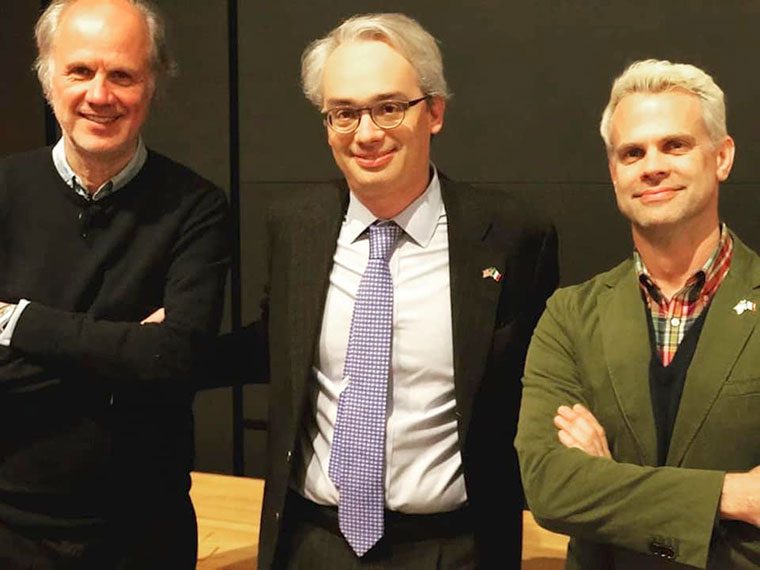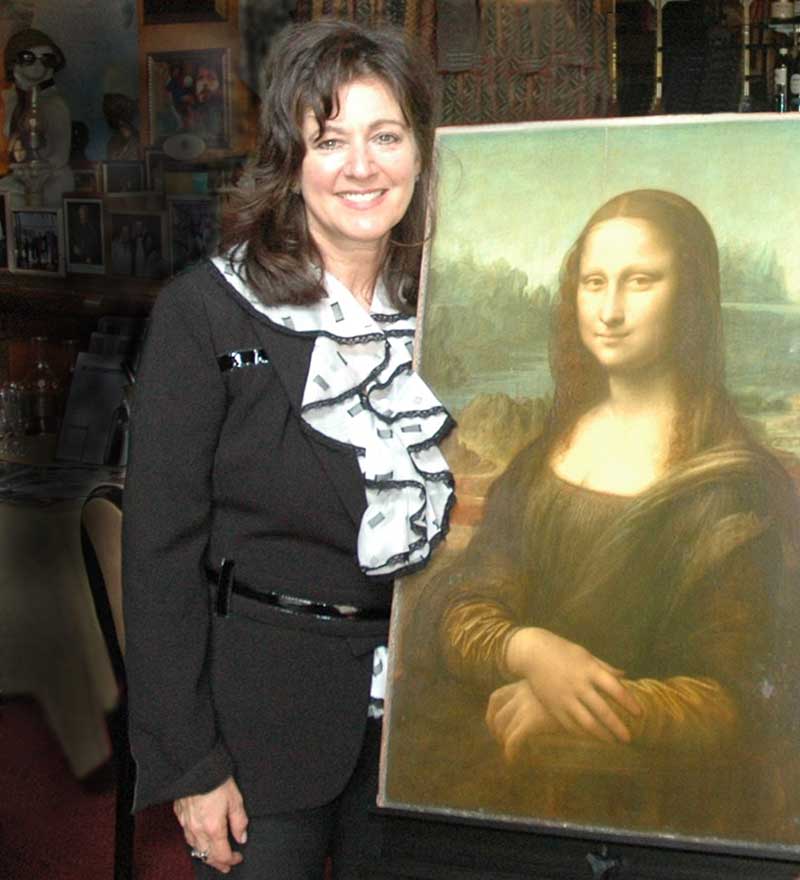On the occasion of Italian Design Day, March 2, 2018, the Consulate General of Italy and the Italian Cultural Institute of San Francisco, in collaboration with DZINE, presented architect and designer Aldo Cibic at the DZINE Showroom, in San Francisco.
In 1981, as a partner in Sottsass Associati, Cibic was a founding member of Memphis, an artists’ collective that was to mark a transition in the universe of design and architecture. His research has developed ideas around the “design of services,” and focused on projects, such as The Solid Side (1995) and New Stories New Design (2002), offering a new manner of designing places based on social interactions.

Cibic’s presentation at DZINE outlined his work in the following four projects, completed together with universities and design institutions:
New Stories New Design (Venice Biennale 2004) proposes opportunities for “social” development through new employment initiatives, exploring the possibility of using design tools to interpret social relations within the city and building alternative and innovative micro-businesses.
Microrealities (Venice Biennale 2004) focuses on the relationships people create with their environments: ‘people’s actions determine the identity of a space’ (and not the space defining the actions). The use of architecture is clear and purposeful.
Rethinking Happiness (Venice Biennale 2010) with the caption “Do unto others as you would have them do unto you,” this project features new realities for changing lifestyles.
(in)complete may well be the first ever-evolving, worldwide, community-sourced and eternally (in)complete survey of our attitudes to the world around us. The purpose of Cibic’s research is to stimulate the best design, planning, and innovation conversations, and to provide a fully up-to-date source of data to help us design and dream of a greater future. The latest exploration in this ongoing research can be found at www.incomplete.design.

Born in Schio, Vicenza, Italy in 1955, Cibic quickly developed a self-directed interest in the world of design. By vocation and inclination an innovator, he adopted “experimentation as praxis.” In the late 1980s, he founded the Studio Cibic and launched “Standard” (1991), his first self-produced collection.
As a teacher at the Domus Academy, he set up research activities while developing his ideas around the “design of services.” His projects, such as “The Solid Side” (1995) and “New Stories
New Design” (2002), fostered the relationship between people and space, and offered a new mode of designing places based on social interactions. His work in these areas lead to “Microrealities” (2004) and “Rethinking Happiness” (2010), both projects presented at the Venice Architecture Biennale. The intent of these projects was to shape contemporary narratives intending to multiply opportunities for meetings, exchanges and community life. Cibic curated the 2015 Venice Architecture Biennale of the Arts & Craft exhibition at the Venice pavilion.
In 1989 he founded his Milan practice, Cibic & Partners. During the late 1980s, Cibic founded the investigative design project, Cibic Workshop, out of his Milan studio space, intending to develop new design methods by working collaboratively with businesses, schools, and other research centers on interdisciplinary projects ranging from environment development to product design. Since its inception, Cibic Workshop has grown to include a second Italian location in Vicenza.
Cibic Workshop focuses heavily on alternative sustainable project types aimed at enhancing whole local areas and defining new cultural, emotional and environmental awareness of public space. The studio produces industrial design pieces, multimedia communications, exhibition design, and architectural and interior design projects for a roster of Italian and international clients.
Cibic’s March 2 presentation brought the second edition of Italian Design Day to the San Francisco Bay Area. Italian Design Day is an initiative of Italy’s Ministry of Foreign Affairs and International Cooperation. Ambassadors of Italian culture (designers, entrepreneurs, journalists, critics, communicators, educators) gather at locations around the world to illustrate how Italian Design permeates the fields of art, culture, and social organization, integrating an unprejudiced experimentation with the solidity of Italy’s traditional handicrafts.
The Italian Ministry of Foreign Affairs and International Cooperation has placed design at the core of its promotional strategy known as “Vivere all’Italiana.” It strives to promote Italy’s cultural and production system through culture, economy, Italian language and scientific research.
The 2018 theme of the Italian Design Day is the relationship between design and sustainability,
the latter being seen from an economic, social and environmental point of view. The goal is to investigate what the contribution of design could be on nature and the human being.
Today, Aldo Cibic shares his time between Milano and San Francisco. He believes that San Francisco and the Bay Area are the laboratories of our future, because of how sensitive are the
themes of discussion regarding technology, nature and social dynamics.






























